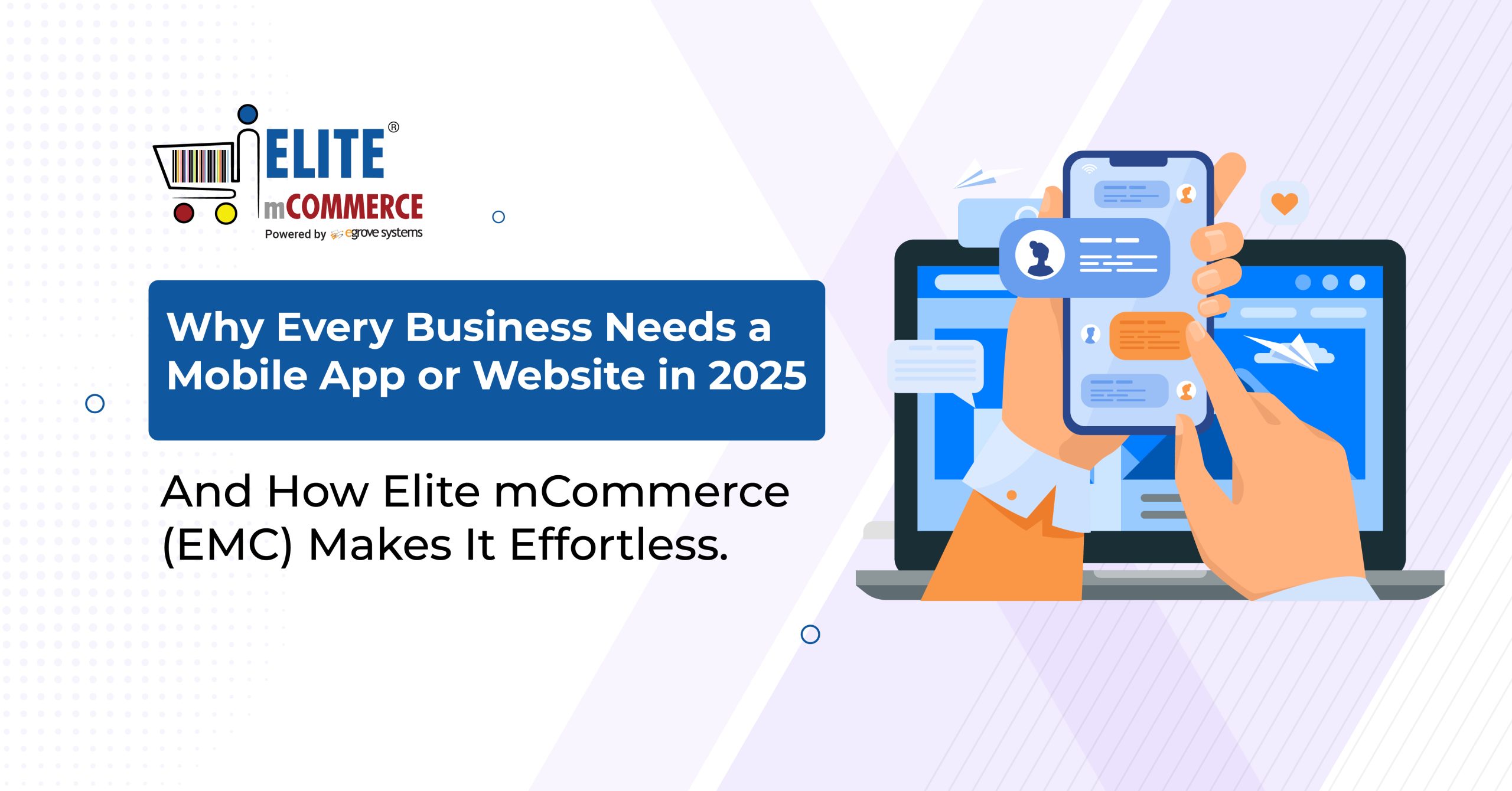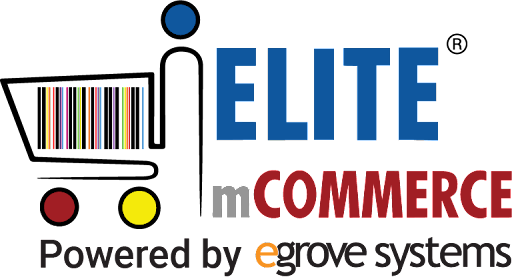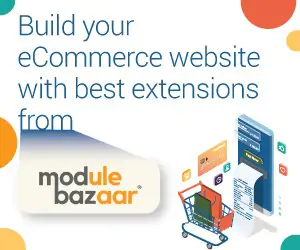Curbside pickup is now widely adopted by restaurants to let customers pick up food without having to enter the restaurant. Curbside support provides convenience and safety to customers and is easier to set up thanks to food delivery apps, but with many restaurants trying it for the first time, it’s essential to plan ahead to make sure that the new form of off-premise service doesn’t lead to delays and overcrowding among customers waiting for pickup.
A recent survey from Medallia Single investigated the rise of curbside pickup following the COVID-19 pandemic and found that 55% of those surveyed used some form of curbside pickup 1-2 times a week, 11% did so 3-5 times, and 7% more than 5 times per week. 77% of millennials ordered curbside pickup and 74% of Gen Z did. Curbside pickup appeals to consumers by letting them pick up food at restaurants from their cars even at locations that don’t have a drive-thru. Customers don’t need to enter the restaurant or pay extra for delivery.
Curbside Is Limited by Space and Employee Availability
So far, many restaurants have been able to support high volumes of curbside pickup due to their on-premises dining being closed, freeing up employee time and parking space. But as indoor dining reopens and outdoor dining is expanding, restaurants may not have as much parking space to spare. At peak hours, popular restaurants could be flooded with cars waiting for pickup, causing traffic problems and leading to customer dissatisfaction.
Just as reservation and booking systems prevent overcrowding in dining rooms, using some form of parking reservation and check-in is vital to serving curbside customers without promising service they can’t deliver. Restaurants should take stock of the space they have available for parking and how many orders can be served at a time. Unlike with normal reservations, though, they also need to keep in mind that delivery drivers also need space to park.
It’s a good idea to count the spaces available in order to set aside spaces and sections of the parking lot for on-premises diners, curbside pickup, and delivery drivers, and factor this information. The curbside pickup could take the form of a clear lane into and out of the parking area while passing near the restaurant so vehicles can line up where their servers can reach them easily. In other situations, customers can park and wait for employees to walk out to their vehicles. Warehouse club BJ’s now sets aside spaces where customers can wait and check in on the store’s delivery app.
Read also :- From Tableside to Curbside, Take Control of Your Restaurant with POS Integration Reports
Using Mobile Food Delivery Apps to Reserve Space for Pickup
According to the Medallia Single survey, 34% of customers reported using mobile food delivery apps to coordinate with restaurants about curbside pickup, exceeding the use of other methods such as text messaging or phone calls. Restaurants can tell customers when to arrive to pick up their order, and when they arrive, they can reply through the app to say they’re ready for pickup.
With a mobile food ordering app to coordinate all orders together, it’s easier to set a limit of how many customers can order at once and delay the processing of new orders until the kitchen has caught up and the parking area is less full. Reserving slots for pickup on a first-come, first-serve basis will prevent overcrowding, and with good measurement of the capacity of the restaurant and its parking area, the staff can serve as many people as possible at a time.
With designated spaces for curbside pickup, numbering each space with sturdy signage helps customers tell staff where they are. Restaurant staff can assign customers certain spaces in advance or wait for them to message the restaurant about which space they are in. Alternatively, stores like Panera request customers enter the make, model, and colour of their vehicle so staff can locate them, and they have plans for geofencing technology to reach customers even more quickly using the position of their mobile device.
Using a mobile food ordering and delivery app is the ideal way to assign parking to ensure customers are served quickly and can vacate the parking lot so new customers can come. Done properly, curbside pickup allows for more capacity than on-premise dining and is faster than delivery when taking into account a limited number of delivery staff. Planning in advance allows for the most parking space for curbside customers and leads to customer satisfaction due to quick and efficient service.









Add comment